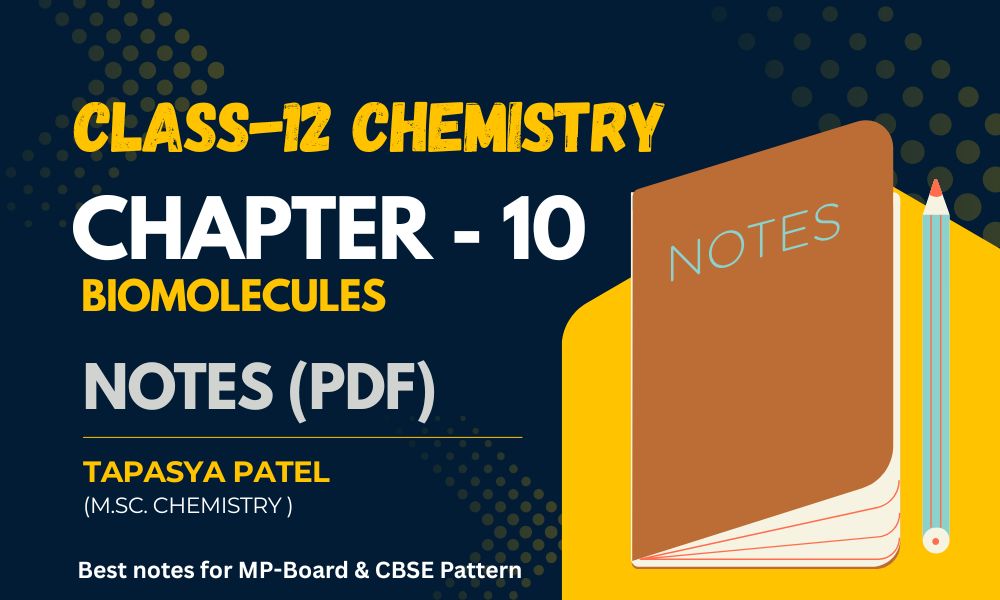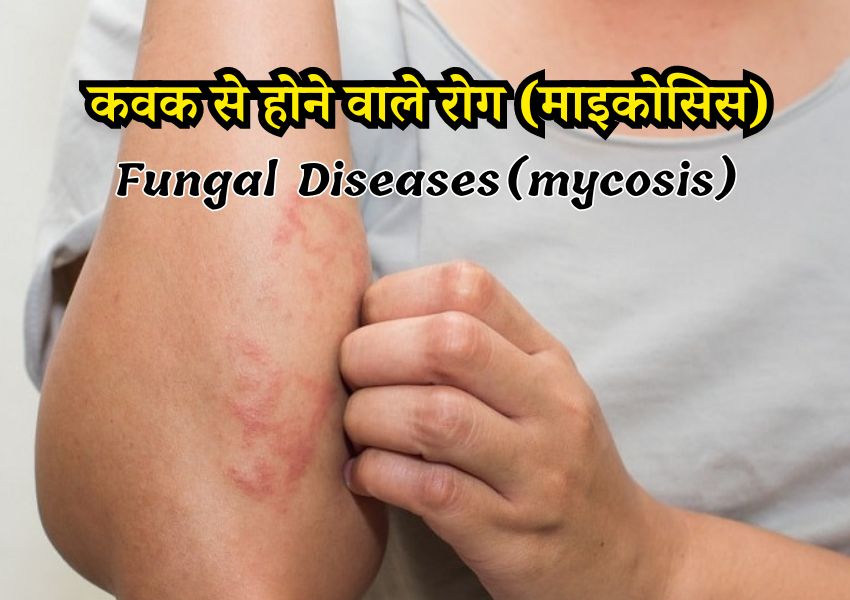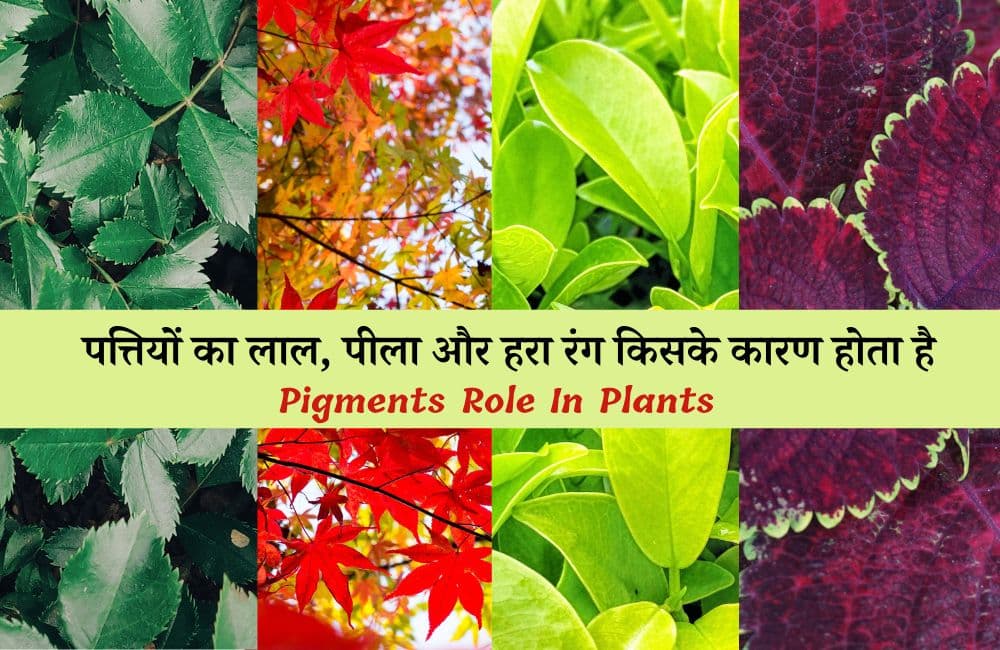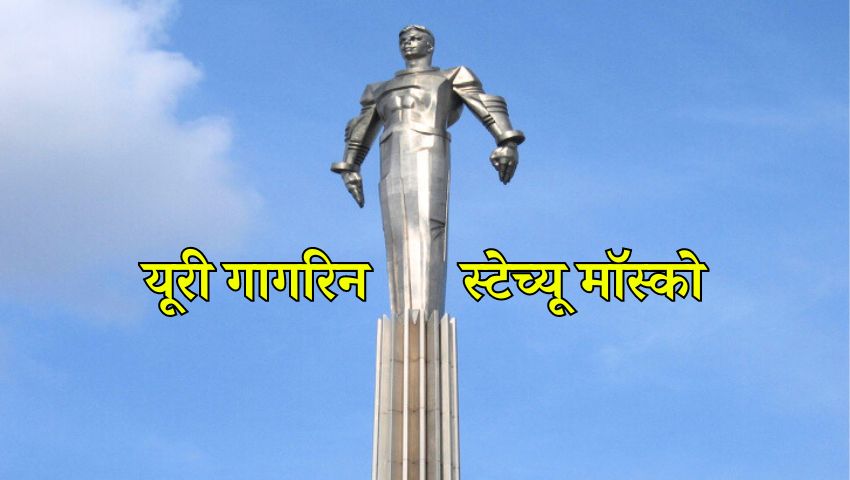Understanding how plants respond to their environment is a fundamental aspect of plant science. One interesting phenomenon in plant biology is tropism. Tropism refers to the directional growth or movement of a plant in response to external stimuli. It plays a critical role in shaping the overall growth and development of plants. Tropism allows them to adapt and optimize their position in relation to light, gravity, and other environmental factors. In this article, we will be exploring the concept of tropism, the various types of tropism exhibited by plants, including phototropism (response to light), gravitropism (response to gravity), and thigmotropism (response to touch). Let’s investigate mechanisms that drive these responses, and investigate the factors influencing tropism. Additionally, We’ll also highlight the significance of tropism in plant growth and development, and explore the potential applications.
Introduction to Tropism in Plants
1.1 Definition of Tropism
Tropism is a fancy word used to describe how plants respond and grow in specific directions in response to external stimuli. Essentially, it’s like a plant’s way of saying, “Hey, I think I’ll lean this way because it’s more convenient.”
1.2 Historical Background
Tropism has fascinated botanists for centuries. The term itself was coined by Dutch scientist Hugo de Vries in the late 19th century. Since then, researchers have been captivated by the various ways plants wiggle and sway to adapt to their surroundings. It’s like watching a plant do a little dance routine for survival.
Types of Tropism – explain phototropism and geotropism in plants

2.1 Phototropism
Phototropism is a plant’s response to light. It’s like when you position yourself perfectly to catch some rays at the beach. Plants are smart too, and they know that sunlight is crucial for photosynthesis, so they’ll bend and twist their stems and leaves to soak up as much sunshine as possible. It’s their own version of a sunbathing session.
2.2 Geotropism
Geotropism, on the other hand, is a plant’s response to gravity. Think of it as a plant’s way of saying, “I’m grounded.” Roots exhibit positive geotropism, meaning they grow downwards towards the center of the Earth, while shoots display negative geotropism, growing in the opposite direction, upwards. It’s like plants have their own inner compass, keeping them oriented and balanced.
(Read More: What are Parasitic Plants: Examples, Types and Impact On Ecosystems…)
Mechanisms Behind Tropism in Plants
3.1 Hormonal Control
Plants have a secret weapon in controlling tropism: hormones. Just like how a cup of coffee can make you more alert, hormones in plants send signals that influence growth and movement. For example, the hormone auxin plays a crucial role in phototropism by helping plants elongate cells on the shaded side, causing them to bend towards the light. It’s like the plant saying, “Hey auxin, give me a little push towards that sunshine, will ya?”
3.2 Growth Response and Auxin
While hormones like auxin play a significant role in tropism, growth response is equally important. Plants have regions called meristems that are actively dividing and growing. These growth regions can elongate cells on one side of the plant, causing bending or curvature towards the stimulus. It’s like plants have their own personal trainers, telling their cells which direction to bulk up in.
Factors Influencing Tropism in Plants

4.1 Light Intensity and Direction
Light intensity and direction have a big impact on how plants respond. They can influence the angle and degree of bending that occurs during phototropism. So, the next time you see a plant leaning towards the sun, applaud its determination to catch those rays.
4.2 Gravity and Orientation
Gravity also has its say in tropism. It dictates which way roots grow, helping plants anchor themselves and absorb essential nutrients from the soil. And here we thought gravity was just responsible for keeping us from floating away.
4.3 External Stimuli and Environmental Factors
Plants, like humans, are not immune to the influence of external stimuli and environmental factors. Things like touch, temperature, and even chemicals can affect plant growth and tropism. It’s like plants are constantly learning and adapting to their surroundings, just like us trying to figure out which coffee shop has the best Wi-Fi.
So, the next time you see a plant bending or reaching towards the light, remember that it’s not just a random occurrence. It’s the result of a wonderfully complex process called tropism—an intricate dance of growth, hormones, and external factors that keeps plants thriving and evolving.
(Read More: 10-Money Making Crops With Low-Investments…)
Significance of Tropism in Plant Growth and Development

5.1 Adaptive Advantage
Tropism in plants is not just some fancy botanical term for their love of dancing around the sun. It’s actually a crucial mechanism that allows plants to adapt and respond to their environment. By bending and growing in specific directions, plants can maximize their exposure to sunlight, water, and other vital resources. This ability gives them a competitive edge in their quest for survival.
5.2 Role in Plant Survival and Reproduction
Tropism also plays a vital role in plant survival and reproduction. Take phototropism, for example. When a plant bends towards the light, it’s not just for the Instagram-worthy photosynthesis. It’s a strategic move to ensure efficient energy production. By facing the sun, plants can absorb more light and convert it into the fuel they need for growth and reproduction. So basically, they’re not just sun-worshippers; they’re smart survivalists.
(Read More: What is Air Quality Index (AQI) Scale, Categories…)
Experimental Studies on Tropism
6.1 Classic Experiments
Scientists have been fascinated by tropism for centuries, and they’ve conducted some pretty cool experiments to unravel its mysteries. One classic experiment involved Charles Darwin and his son playing with grass seedlings. They observed how the tips of these seedlings responded to gravity, light, and even weird rotations. These pioneering studies laid the groundwork for our understanding of tropism and paved the way for more thrilling experiments to come.
6.2 Modern Research Techniques
Fast forward to the present day, and scientists are using the latest high-tech tools to study tropism. They can track the growth of plants with precision, examine gene expression patterns, and even manipulate specific molecules to understand how different factors influence tropism. It’s like giving plants their very own superhero origins story, with scientists playing the role of the sneaky comic book writers.
Human Applications and Benefits of Understanding Tropism

7.1 Agricultural Applications
Understanding tropism isn’t just an academic pursuit. It has practical applications that can improve agriculture. By studying how plant roots grow towards water sources, for example, scientists can develop irrigation systems to optimize water usage and increase crop yields. It’s like giving plants a GPS system so they can find the water fountain without getting lost.
7.2 Horticultural and Commercial Applications
Tropism research also has significant implications for horticulture and commercial plant production. By manipulating light and gravity cues, growers can control the shape and growth of plants, making them more compact, sturdy, or even just aesthetically pleasing. It’s like plant plastic surgery without the need for fancy scalpels or botox injections.
So, the next time you see a plant turning towards the sun or bending its roots to find water, remember that it’s not just a whimsical display of botanical gymnastics. It’s nature’s way of ensuring survival and growth.
(Read More: When And How To Use Lime For Garden Plants…)
FAQ
Why is understanding tropism important in plant science?
Understanding tropism is crucial in plant science as it helps us comprehend how plants respond and adapt to their environment. This knowledge can be applied to improve agricultural practices, enhance crop yields, optimize plant growth, and develop innovative horticultural techniques.
What are the main types of tropism exhibited by plants?
The main types of tropism exhibited by plants are phototropism and geotropism. Phototropism refers to the plant’s growth or movement in response to light, while geotropism refers to the plant’s growth or movement in response to gravity.
What factors influence tropism in plants?
Tropism in plants can be influenced by various factors such as light intensity and direction, gravity and orientation, as well as external stimuli and environmental conditions. Understanding these factors helps us comprehend how plants navigate and adapt to their surroundings.
Are there any practical applications of tropism research?
Yes, there are several practical applications of tropism research. This knowledge can be applied to improve agricultural practices, optimize plant growth in controlled environments, develop efficient lighting systems for indoor farming, and enhance our understanding of plant responses to environmental stresses such as drought, temperature fluctuations, and pollution.
(Read More: Different Types of Plants In Hindi…)

























Leave a Reply